I have a Numpy Array type image which I would like to split into 9 (3 x 3) even tiles which I can iterate over. How can I do this?
Here is my code so far to generate the numpy.ndarray but I haven't managed to split it:
The numpy image array to split is th1
import cv2
import numpy as np
# Only for the threshold display
from matplotlib import pyplot as plt
# The Image to be used
image = 'six.png'
# Finding the average greyscale value
image_bgr = cv2.imread(image, cv2.IMREAD_COLOR)
# Calculate the mean of each channel
channels = cv2.mean(image_bgr)
# Type Float
thresh = channels[0]/2
#print (thresh)
# Displaying the threshold value
img = cv2.imread(image,0)
img = cv2.medianBlur(img,5)
# If below then black else white
ret,th1 = cv2.threshold(img,thresh,255,cv2.THRESH_BINARY)
titles = ['Original Image', 'Global Thresholding']
images = [img, th1, ret]
for i in range(2):
plt.subplot(2,2,i+1),plt.imshow(images[i],'gray')
plt.title(titles[i])
plt.xticks([]),plt.yticks([])
# Shows single image on its' own
plt.imshow(images[1], 'gray')
plt.xticks([]),plt.yticks([])
Here is the image (six.png):
